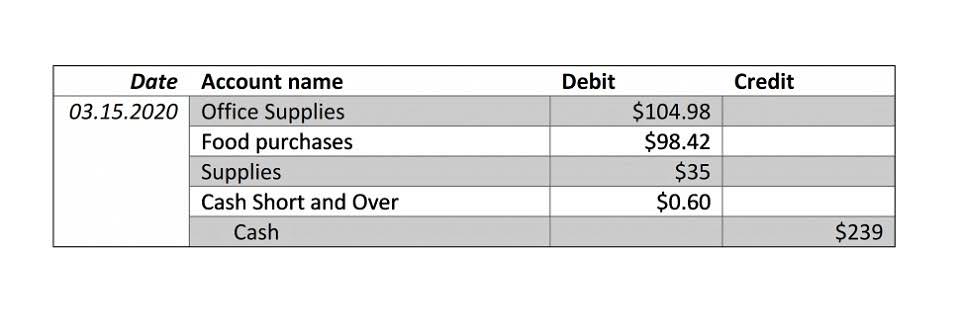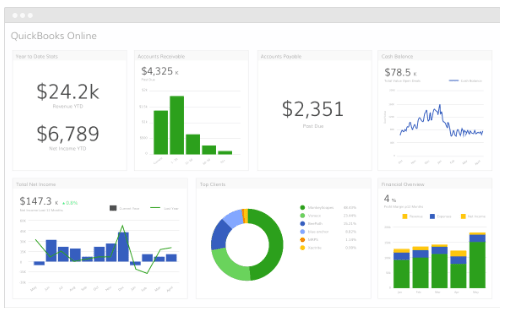But by tracking your expenses, you’ll be able to identify unnecessary expenses that can be trimmed to increase your profit margin. Regardless of where the company sits, it’s important for business owners to review their competition as well as their own annual profit margins to ensure gross margin accounting they’re on solid ground. Returning to the example of the shoe company with a 32.9% profit margin, imagine that it spends $4.3 million on non-operating expenses. When this is added to the $19.248 million it spends on operating expenses, the expense total becomes $23.548 million.
Assess Your Products
Conversely, a decrease in demand might necessitate discounts or promotions, which can depress the margin. Founded in 1993, The Motley Fool is a financial services company dedicated to making the world smarter, happier, and richer. Another way to interpret a gross margin number is to compare it to the sector average and top competitors during the same period, such as annually or quarterly.
Product mix
Determining a company’s gross margins for multiple reporting periods provides insight into whether the company’s operations are becoming more or less efficient. The gross margin measures the percentage of revenue a company retains after deducting the costs of producing the goods or services it sells. Investors care about gross margin because it demonstrates a company’s ability to sell their products at a profit. A positive gross margin proves that a company’s sales exceed their production costs. Calculating gross margin allows a company’s management to better understand its profitability in a general sense.
By Industry
Luckily, it’s likely that you already know what you need and how to treat this data. This tool will work as gross margin calculator or a profit margin calculator. Profitability metrics are important for business owners because they highlight points of weakness in the operational model and enable year-to-year performance comparison. For investors, a company’s profitability has important implications for its future growth and investment potential.
Compare It to Your Company’s History
This figure is the company’s gross profit expressed as a dollar figure. Divide that figure by the total revenue and multiply it by 100 to get the gross margin. Gross margin is the percentage of a company’s revenue that’s retained after direct expenses such as labor and materials have been subtracted. It’s an important profitability measure that looks at a company’s gross profit as compared to its revenue. Generally put, a higher gross profit margin is perceived positively in practically all industries, since the potential for higher operating margins and net profit margins increases.
Profit and Loss Report
- Both of these figures can be found on corporate financial statements and specifically on a company’s income statement.
- The gross profit percentage formula is calculated by subtracting cost of goods sold from total revenues and dividing the difference by total revenues.
- It also allows investors a chance to see how profitable the company’s core business activities are.
- Never increase efficiency at the expense of your customers, employees, or product quality.
- They spent $4,000 on materials and paid their employees $6,000 to build the sheds.
Get instant access to lessons taught by experienced private equity pros and bulge bracket investment bankers including financial statement modeling, DCF, M&A, LBO, Comps and Excel Modeling. Only direct materials, according to others, should be included because they are the only variable that changes in proportion to income. However, it is encouraging that revenue is stabilizing during a year when consumers are being squeezed by inflation and higher interest rates.
What is Gross Profit Margin?
One of the most important small business accounting tasks any small business owner should be doing is using various calculations that provide insight into how your business is performing financially. You can also dive deeper, analyzing how PG compares to its top competitors. Two such companies are Colgate-Palmolive (CL) and the Kimberly-Clark Corporation (KMB). Both views provide insights into different aspects of the company’s operations.
- In contrast, industries like clothing sales tend to have high input costs since they have to account for both labor and materials.
- New governmental regulations or changes in existing ones can lead to increased compliance costs.
- Companies and investors can determine whether the operating costs and overhead are in check and whether enough profit is generated from sales.
- Calculating gross margin allows a company’s management to better understand its profitability in a general sense.
- The average net profit margin for general retail sits at 2.65%, while the average margin for restaurants is 12.63%.
In real world practice, different industries operate at different gross margin ratios. The banking industry has a famously high gross profit margin (hovering around 99%) while the airline industry operates at notoriously low profit margins (roughly 6% in 2019). A high gross margin percentage reflects positively on businesses as it implies the company effectively manages its production costs and generates a significant profit from its core operations. Gross profit margin is a metric that can be used to measure business performance and efficiency.
You should take into consideration their subscription plans to have a clearer picture of long-term profitability for your SaaS business. First, you need to multiply the customer value by the frequency of the purchase. If, for example, you have software customers pay $50 on a monthly basis, it means that within a year, every user generates $600. If your churn is 6%, you would divide 1 by 0.06, which results in 16.6. This metric is essential for investors who want to see facts and numbers in practice.
Comments are closed.






